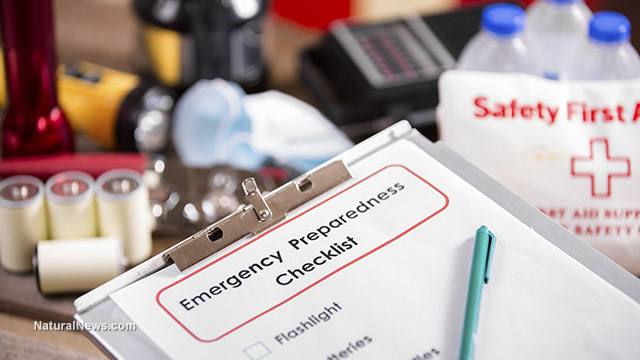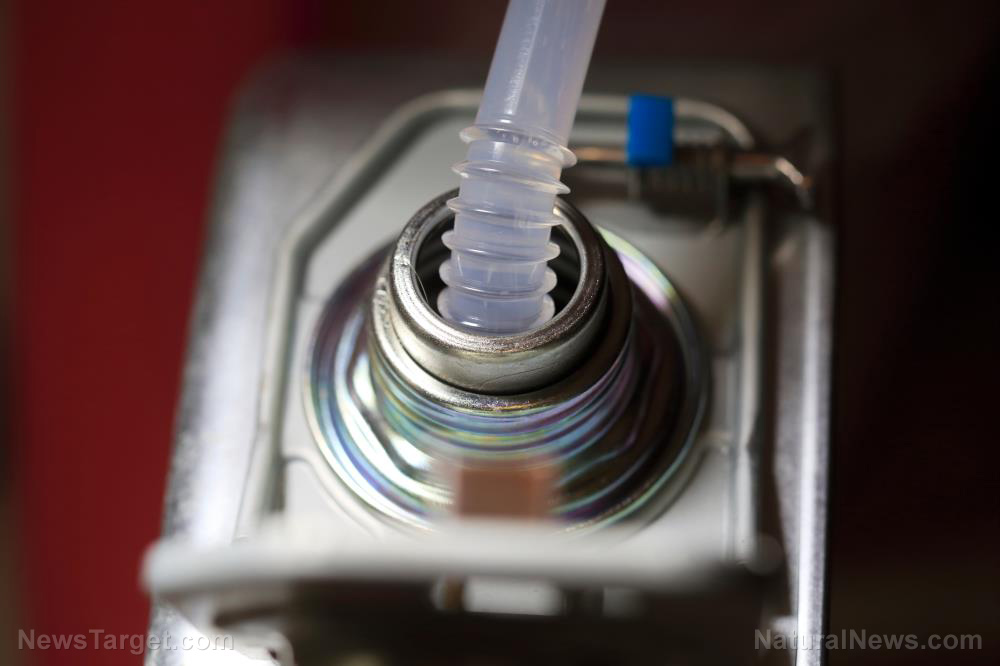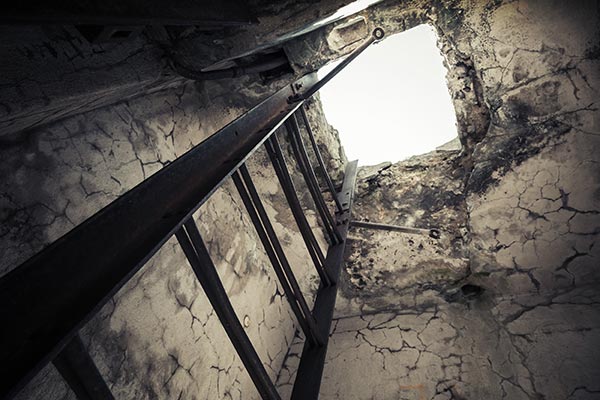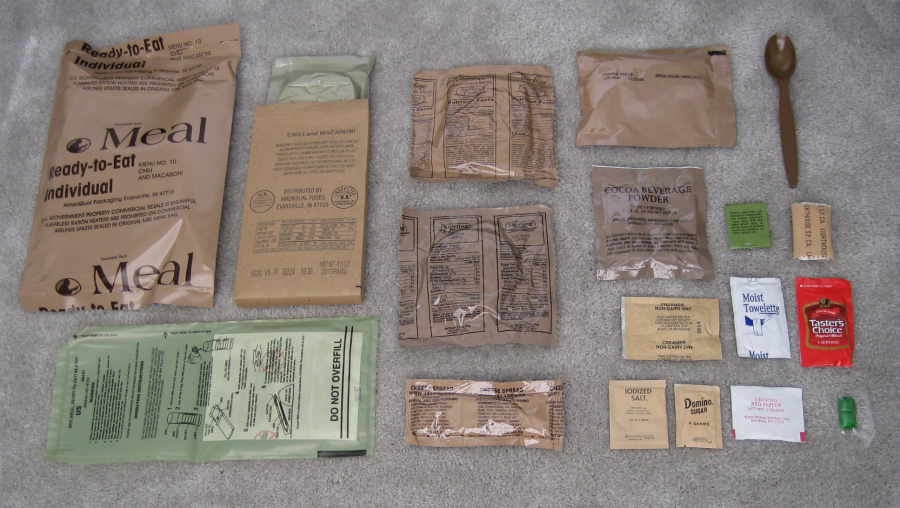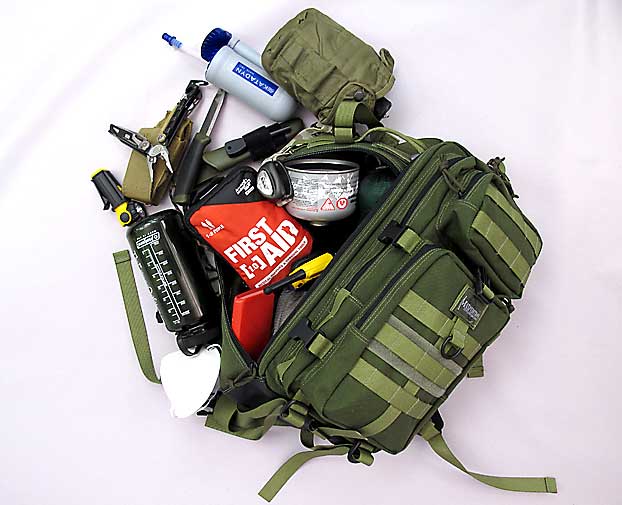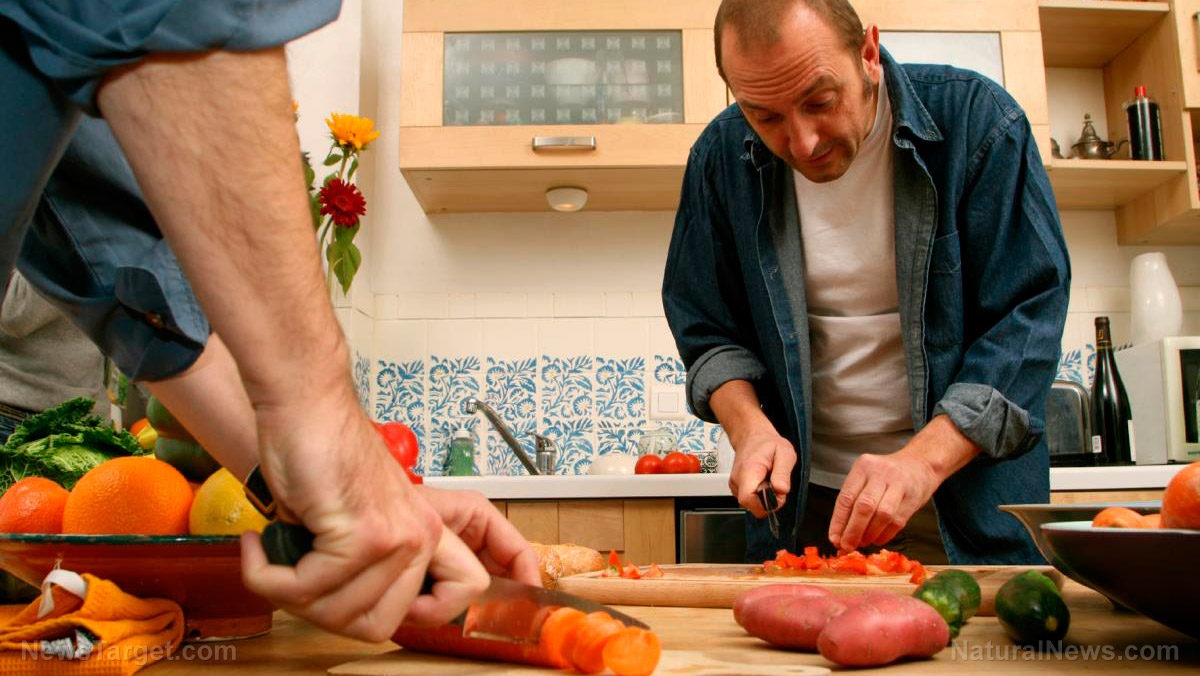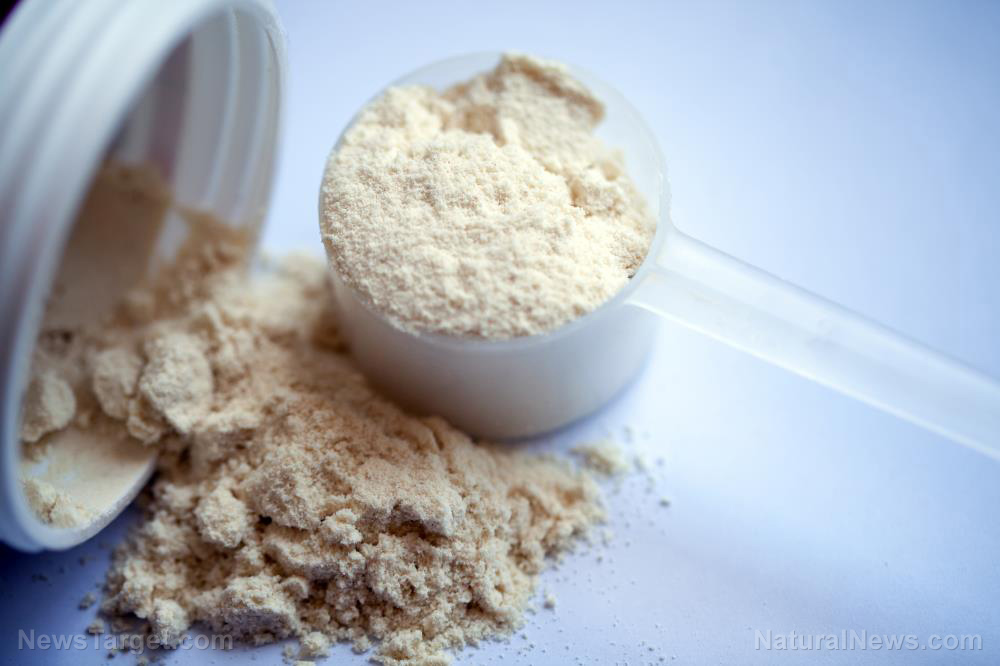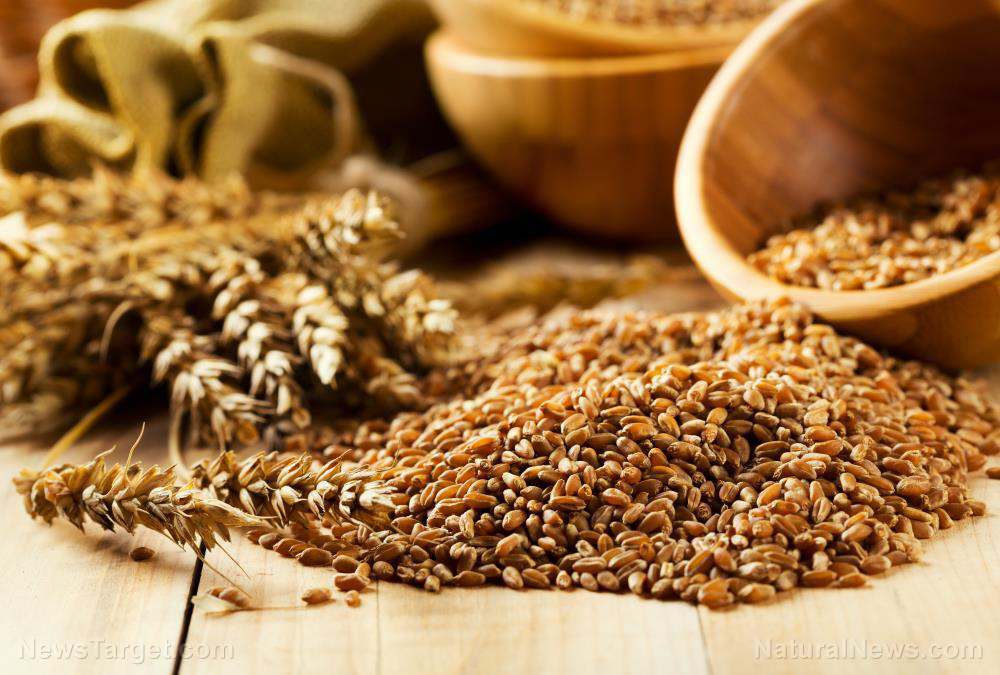6 Edible succulents to grow on your balcony
08/01/2021 / By Divina Ramirez
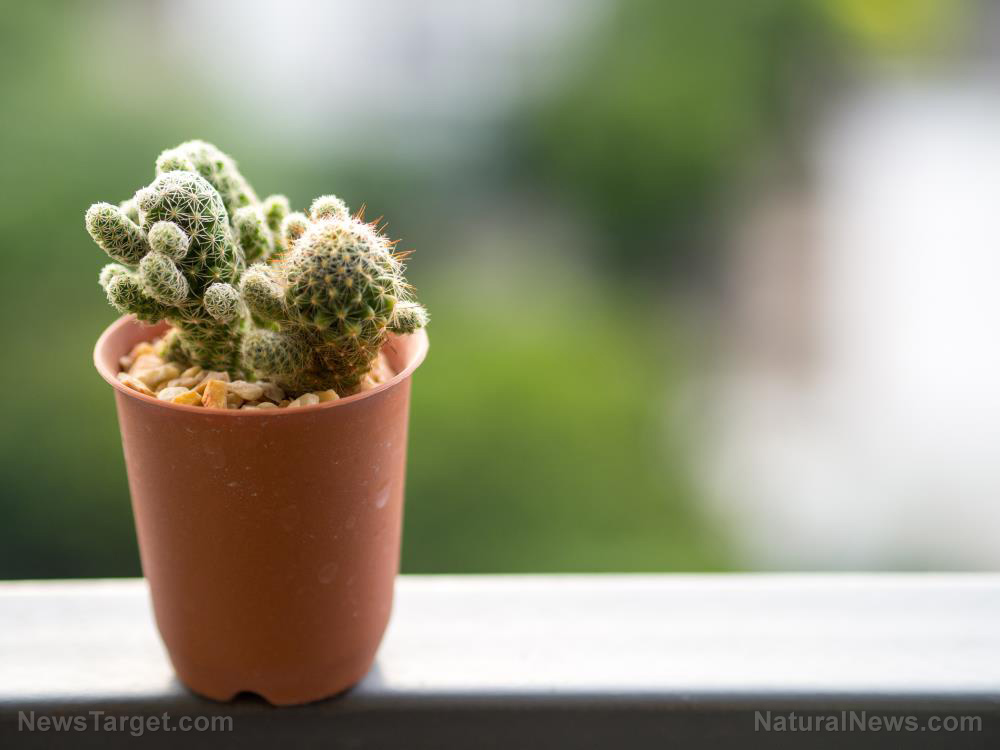
If you have access to a balcony, you can make productive use of the space by starting your own balcony garden.
Given the limited space, you’ll need to use plenty of pots and containers. Depending on the size of the balcony, you can also add trellises to some of the containers to allow plants to grow vertically. Balcony gardening is suitable for herbs, flowers and small vegetables, but it’s especially ideal for succulents.
Succulents grow slowly, so you don’t have to worry about running out of space on the balcony. Some stay small even after they have matured. Succulents also add a decorative flair to your balcony. Plus, there are many succulents that you can actually eat.
Read on to learn about the best edible succulents to grow on your balcony. (h/t to DailySurvival.Blogspot.com)
Best edible succulents to grow
Many popular succulents make healthy and delicious additions to your dinner plate. Generally speaking, these plants are also easy to care for because they’ve adapted to survive in harsh environments.
Here are six common edible succulents you can easily grow in a balcony garden:
1. Barrel cactus
The barrel cactus is characterized by its ribbed, cylindrical shape. It can grow up to 10 feet tall but keeping it in a small pot will help it remain low and stout. Barrel cactus grows best in a sunny location, but direct sunlight will burn it in the summer, so make sure to provide a bit of shade. Water it once a week in the summer.
The plant’s bright red flowers wilt to produce yellow fruit that resembles a pineapple. The fruit has a slightly slimy pulp with edible black seeds. Those can be picked off the cactus and eaten raw. They taste slightly tart, like a cross between a lemon and a kiwifruit.
2. Aloe vera
Aloe vera is easily identified by its fleshy “stems,” which secrete a gel when snapped off. Aloe vera gel is usually applied topically to the skin to soothe sunburns, but it’s also safe to eat when prepared right. It has a clean, refreshing flavor and can be made into juice. It can also be added to smoothies and salsas.
Aloe vera thrives best in dry conditions and can’t tolerate standing water, so make sure its pot has plenty of holes. Aloe vera also likes bright light and well-draining soil.
Allow the soil to dry completely before watering the plant. When watering, make sure the soil is thoroughly drenched. The water should be allowed to drain freely from the soil.
3. Sea beans
The sea bean plant is a succulent that grows on salt marshes and along seashores. The “beans” can be eaten raw or boiled and sauteed to reduce their intense salty flavor. Cooked sea beans taste like asparagus. Sea beans like lots of sun and are best watered regularly with a saline solution.
4. Stonecrops
Stonecrops are flowering succulents with mildly bitter, peppery leaves. Red stonecrop leaves and stems can be eaten raw. Yellow ones are mildly toxic and need to be cooked. Stonecrop requires full sun to bring out its bright red and orange tones. Make sure to use well-draining soil and water infrequently but deeply.
5. Dragon fruit
The dragon fruit is a bright pink tropical fruit native to Mexico and Central America. Its flavor tastes like a mix between a kiwi and a pear. Interestingly enough, the dragon fruit comes from a night-blooming climbing cactus called the “Queen of the Night.” Dragon fruit can be eaten raw or blended into a smoothie. (Related: 9 Health benefits that make dragon fruit a unique and vibrant superfood.)
The Queen of the Night likes heat and needs lots of sunlight to bear fruit. But unlike other succulents and cacti, it likes its soil to be kept consistently moist.
6. Prickly pear
The prickly pear is easily identified by its wide, flat branching pads. Its fruits, which are also known as nopales or cactus figs, taste like watermelon. They must be peeled carefully to remove the small spines before consumption. Prickly pears grow best in well-draining soil and can survive on rainwater.
Succulents are fairly easy to grow and are suitable for city dwellers with limited outdoor space for a garden. To learn more about growing plants in pots and containers, visit HomeGardeningNews.com.
Sources include:
Tagged Under: aloe vera, barrel cactus, cactus, dragon fruit, edible succulents, emergency food, food independence, food supply, gardening, green living, home gardening, Homestead, homesteading, how-to, Plants, Prickly pear, sea beans, stonecrops, succulents
RECENT NEWS & ARTICLES
COPYRIGHT © 2017 OFFGRID NEWS


